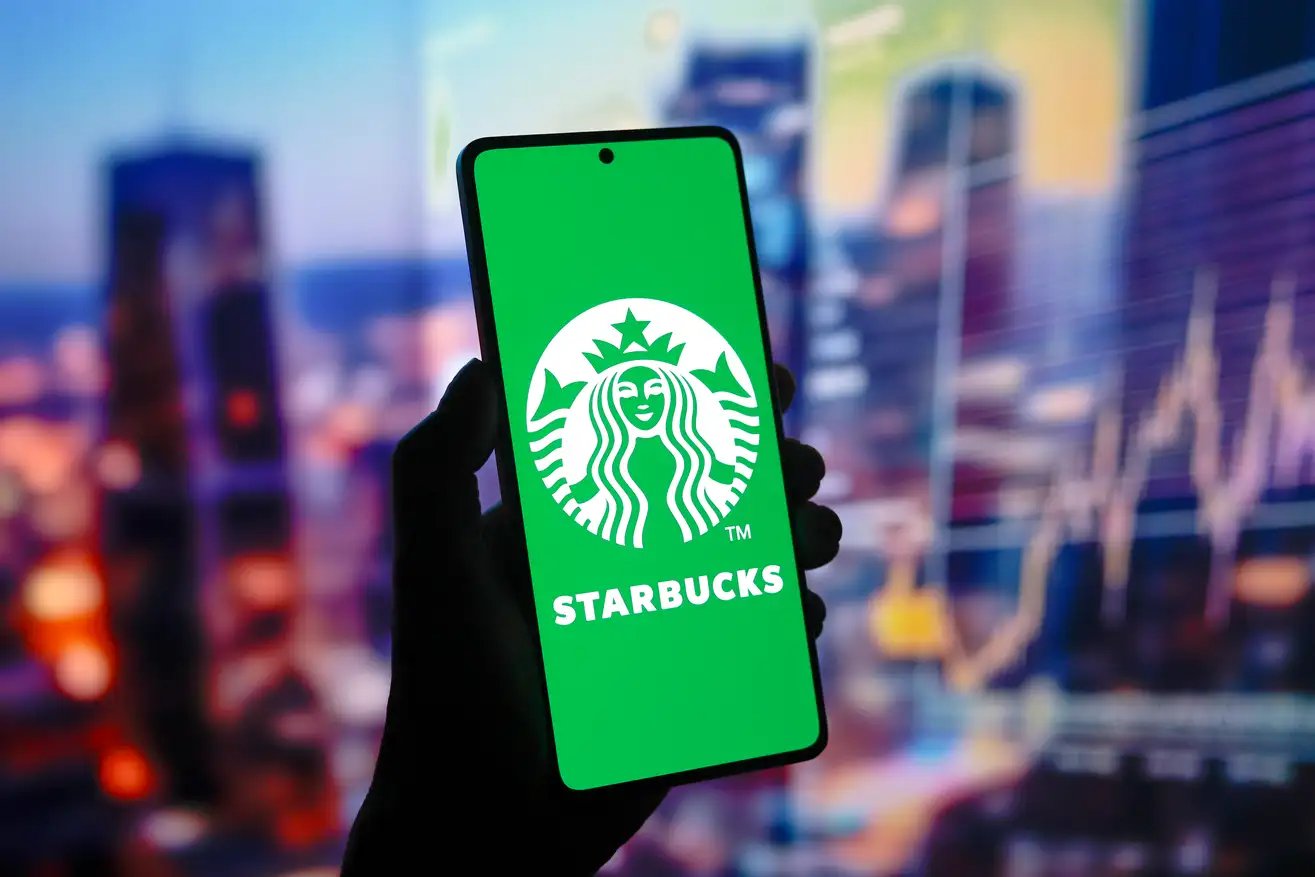How Starbucks can win, according to a former Amazon executive
John Rossman said the coffee giant hurt its brand with value deals and a lousy in-store experience

As Starbucks navigates through turbulent times, former Amazon (AMZN) executive John Rossman is sounding the alarm on the coffee giant’s recent strategic missteps.
Suggested Reading
Former Starbucks (SBUX) CEO Laxman Narasimhan “diluted Starbucks’ brand by joining the value meal wars instead of leaning into its premium attributes to create a greater sense of exclusivity,” Rossman, now a managing partner at business consulting firm Rossman Partners, told Quartz in an statement.
Related Content
Rossman, who played a pivotal role in leading the launch of Amazon’s (AMZN) Marketplace, argues that by engaging in the value wars, Starbucks (SBUX) succumbed to the Innovator’s Dilemma, by which past successes hinder a company’s ability to adapt to evolving market conditions.
Starbucks has a long road ahead before it can fully capitalize on its 170,000 beverage customization options, which the company claims are designed to suit a customer’s lifestyle. According to Rossman, the chain’s success depends not just on the variety of drinks, but on creating a meaningful customer experience, including addressing the high price of its coffee.
With Starbucks’ CEO out, and Chipotle’s CEO in, Brian Niccol is likely to use his own playbook from Chipotle to focus on a younger, digital audience. That means improving the chain’s glitchy app, reducing drive-thru times, and streamlining in-store pickup and operations, as well as new employee training.
Rossman said Starbucks should ask itself “What sucks?” and added that as it stands, the answer is “the whole in-store experience.”
He said that aside from inflationary pressures and global market conditions, the lack of available seating, a noisy environment, poor food quality and taste, the cleanliness of the bathrooms are what are likely what’s also keeping customers away.
Rossman argues that Starbucks should take a look at what smaller coffee chains are doing to create more inviting environments. Some are limiting WiFi access to prevent stores from becoming “full-day office spaces,” and creating the true “third place” concept Starbucks once boasted had been its guiding light.
Those innovations are “siphoning retail traffic away from the coffee giant,” he said, but they can teach Starbucks a valuable lesson on what it needs to do to reclaim its position in the market.